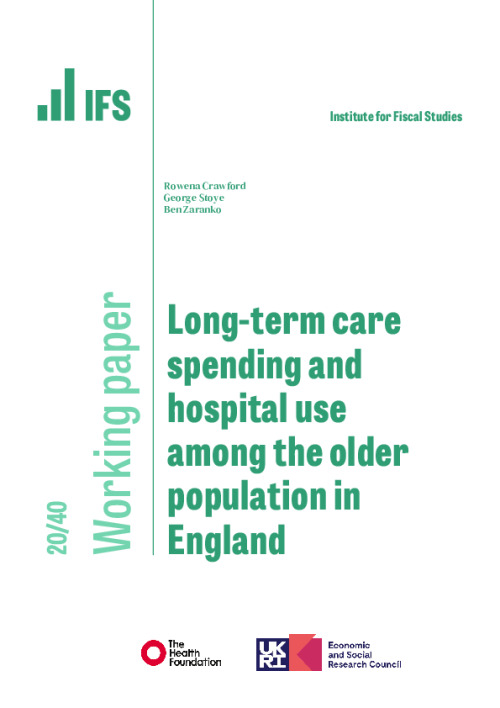This paper examines the impact of changes in public long-term care spending on the use of public hospitals among the older population in England, and the cost and quality of this care. Mean per-person long-term care spending fell by 31% between 2009/10 and 2017/18 as part of a large austerity programme, but cuts varied considerably geographically. We instrument public long-term care spending with predicted spending based on historical national funding shares and national spending trends. We find public long-term care spending cuts led to substantial increases in the number of emergency department (ED) visits made by patients aged 65 and above, explaining between a quarter and a half of the growth in ED use among this population over this period. The effects are most pronounced among older people and those living in more deprived areas. This also resulted in an increase in 7-day ED revisits and emergency readmissions. However, there was no wider impact on inpatient or outpatient hospital use, and consequently little impact on overall public hospital costs. These results suggest that the austerity programme successfully reduced combined public spending on health and long-term care, but had adverse effects on the health of vulnerable users.











